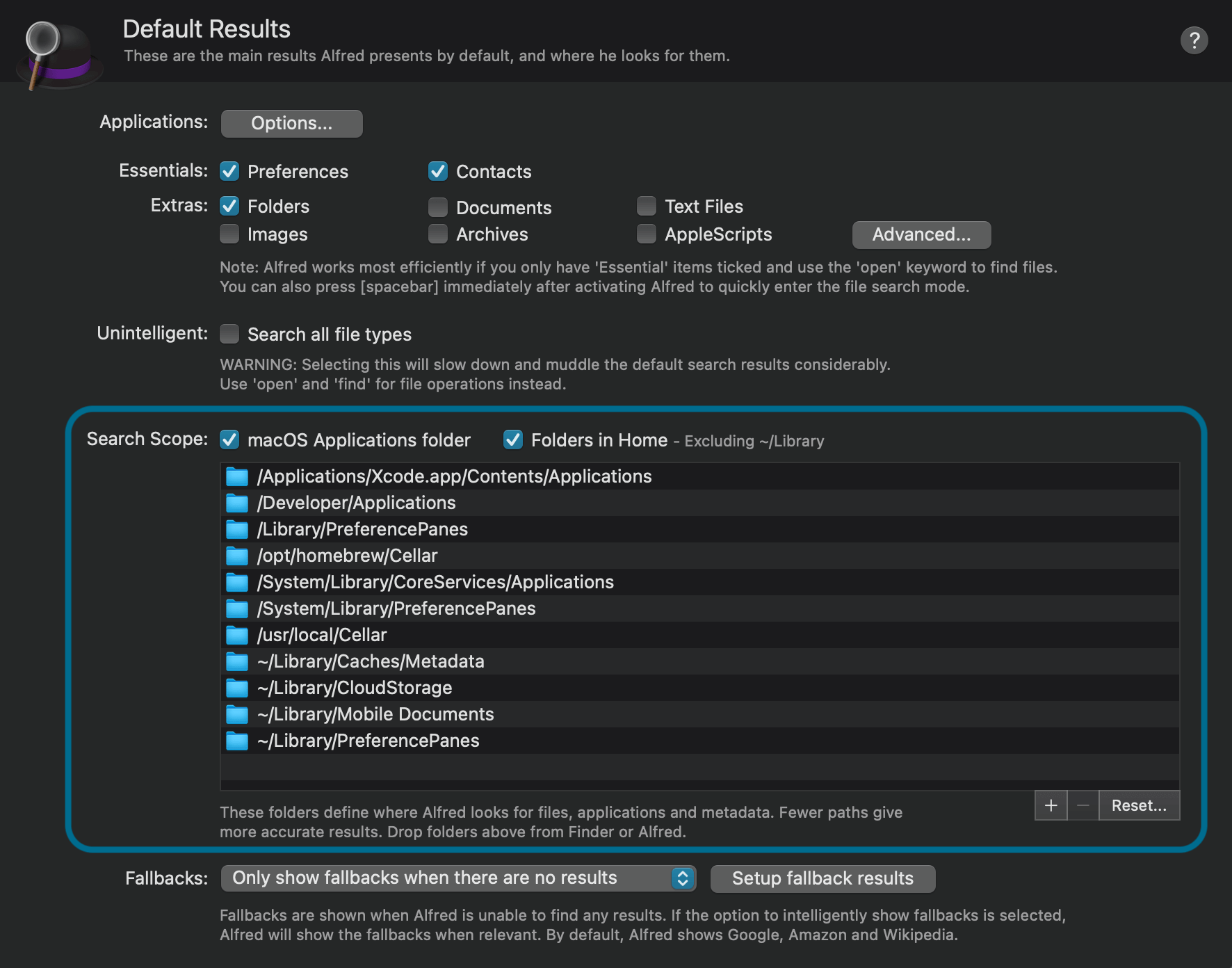

This may be called even if a preference is set to its existing value.

#Macvim preferences where stored how to
A common use is to store user preferences A common use is to recreate the state after the device has been rotated How to Create Shared Preferences? Data that should not be remembered across sessions, such as the currently selected tab or current state of activity. Data that should be remembered across sessions, such as the user’s preferred settings or their game score.

Saved Instance State Persist Data across user sessions, even if the app is killed and restarted, or the device is rebooted Preserves state data across activity instances in the same user session. How is Shared Preferences different from Saved Instance State? However, shared preferences are different from that activity’s instance state. The data stored using shared preferences are kept private within the scope of the application. As you know, onPause() will always be called before your activity is placed in the background or destroyed, So for the data to be saved persistently, it’s preferred to save it in onPause(), which could be restored in onCreate() of the activity. For example, when the user’s settings need to be saved or to store data that can be used in different activities within the app. Shared Preferences are suitable in different situations. Note that we are going to implement this project using the Java language. A sample GIF is given below to get an idea about what we are going to do in this article. Shared Preferences class provides APIs for reading, writing, and managing this data. You can have a simple shared preference API that you can use to store preferences and pull them back as and when needed. And then you could retrieve that by its key (here username). For example, you might have a key being “username” and for the value, you might store the user’s username. Shared Preferences can be thought of as a dictionary or a key/value pair. Shared Preferences is the way in which one can store and retrieve small amounts of primitive data as key/value pairs to a file on the device storage such as String, int, float, Boolean that make up your preferences in an XML file inside the app on the device storage.
#Macvim preferences where stored android
One of the most Interesting Data Storage options Android provides its users is Shared Preferences.



 0 kommentar(er)
0 kommentar(er)
